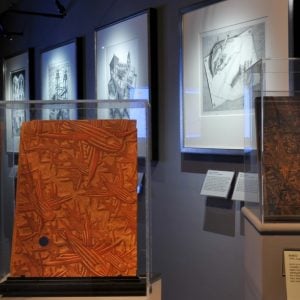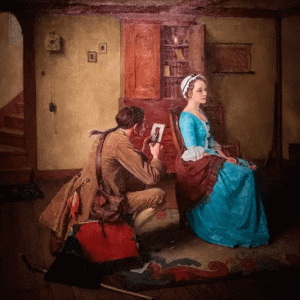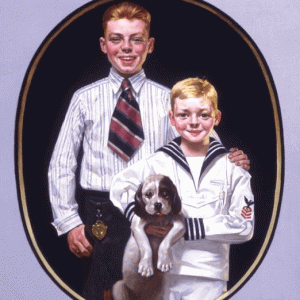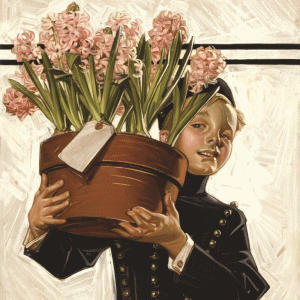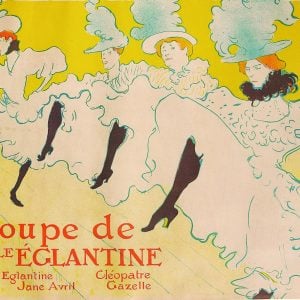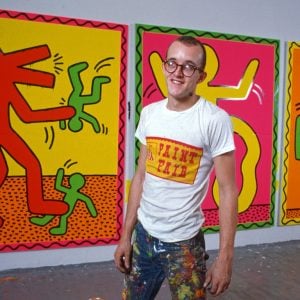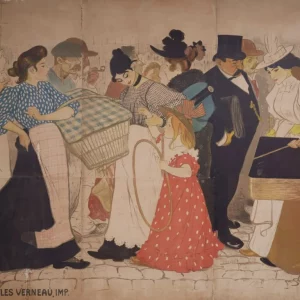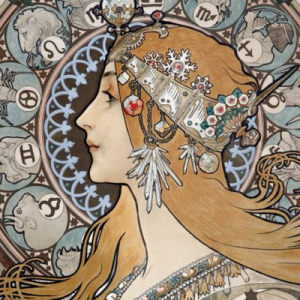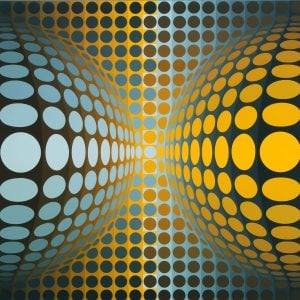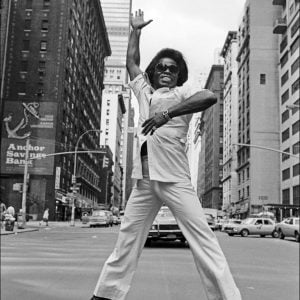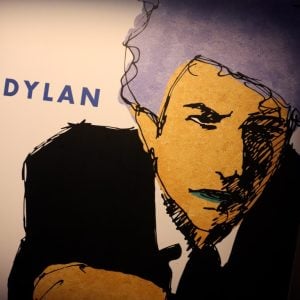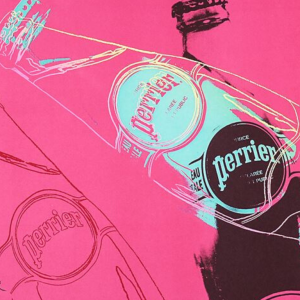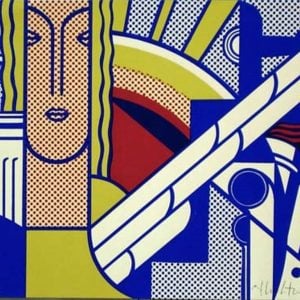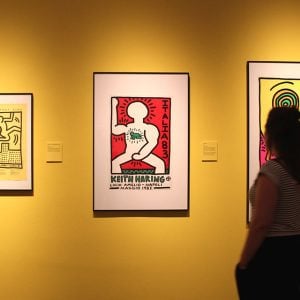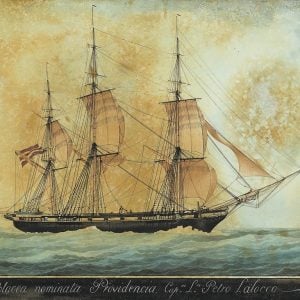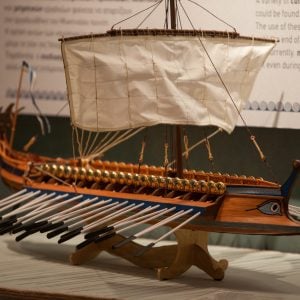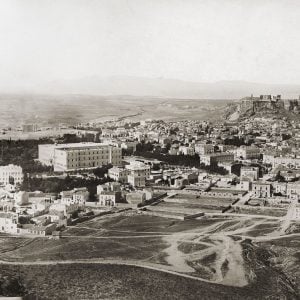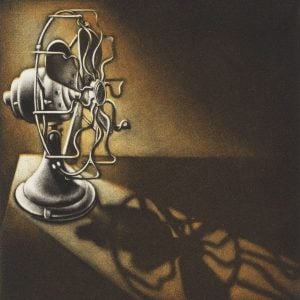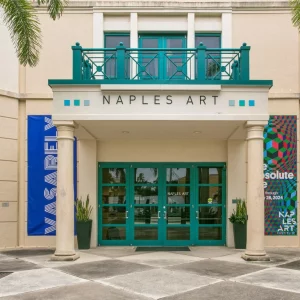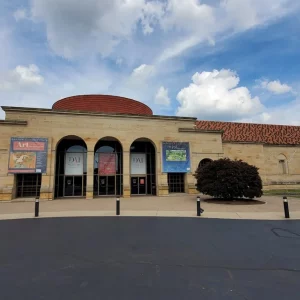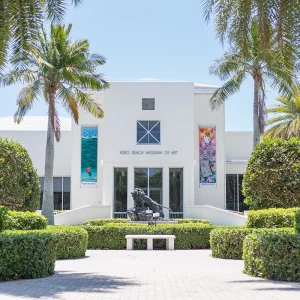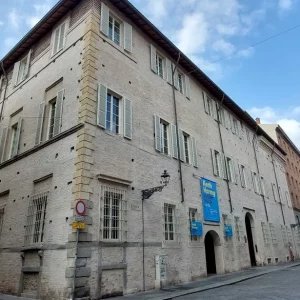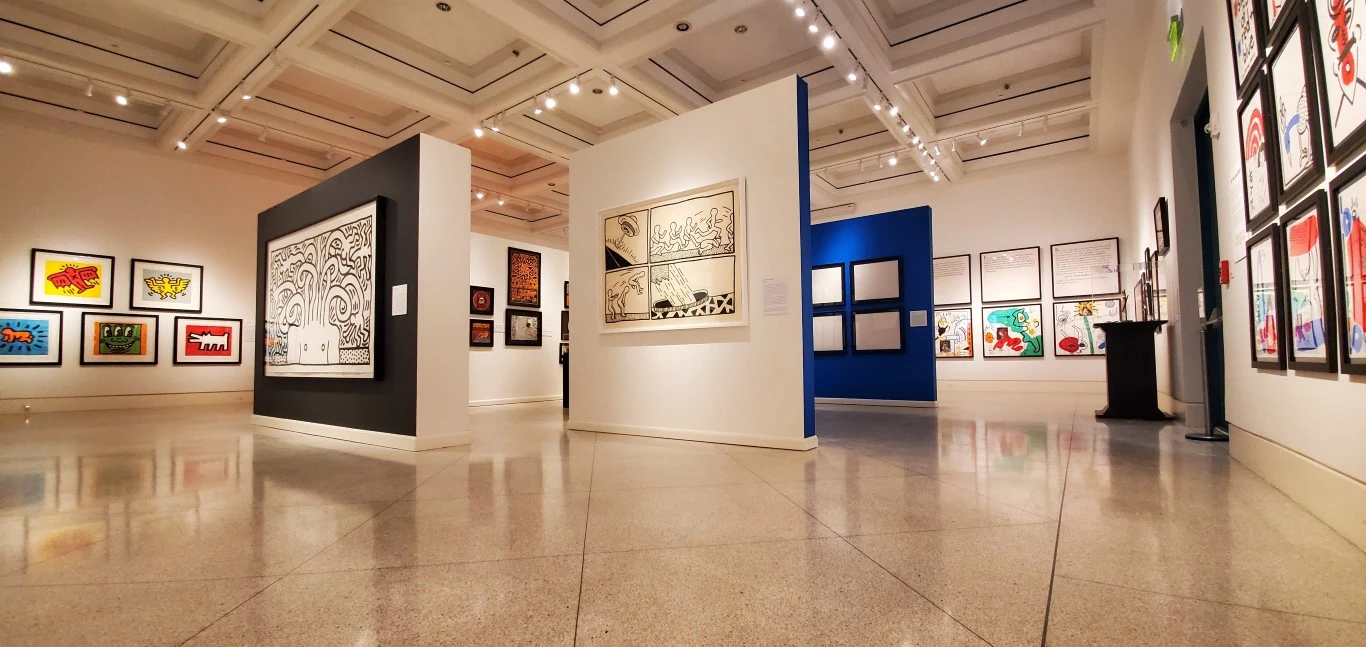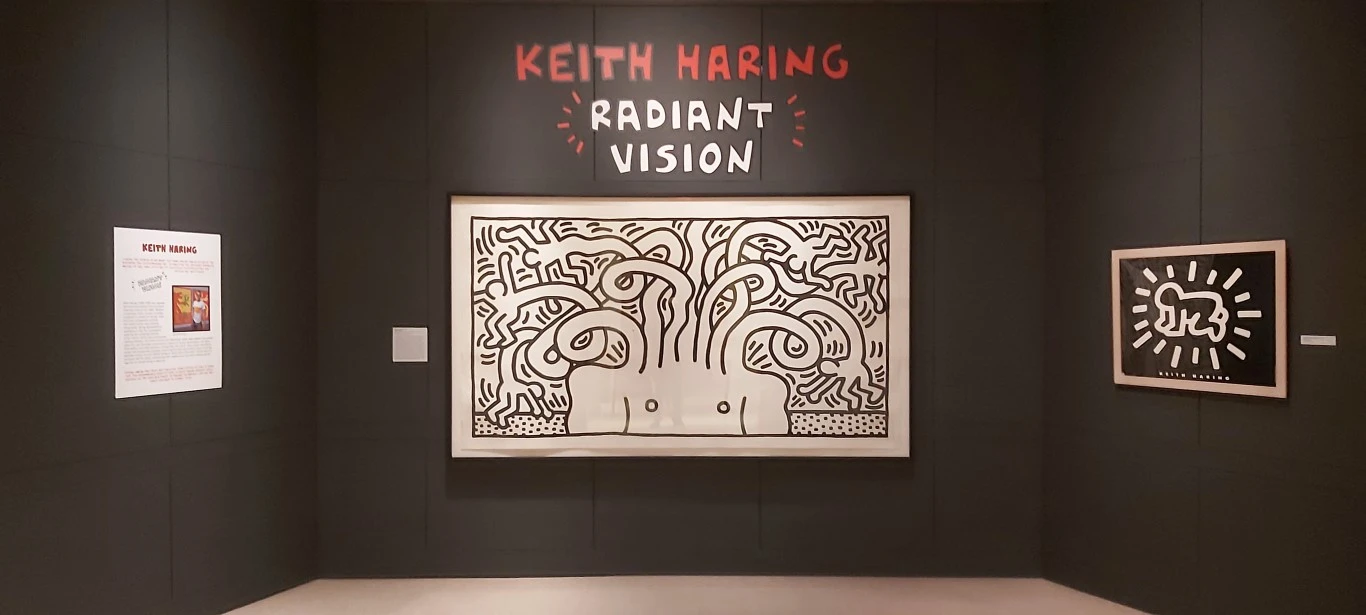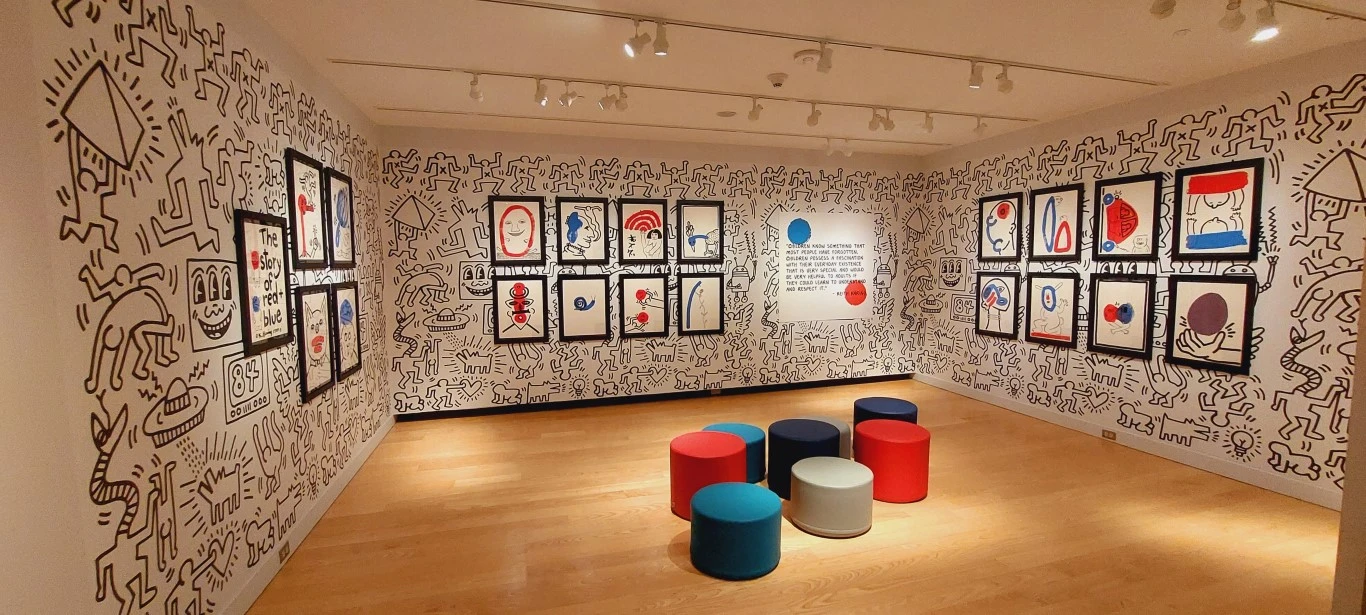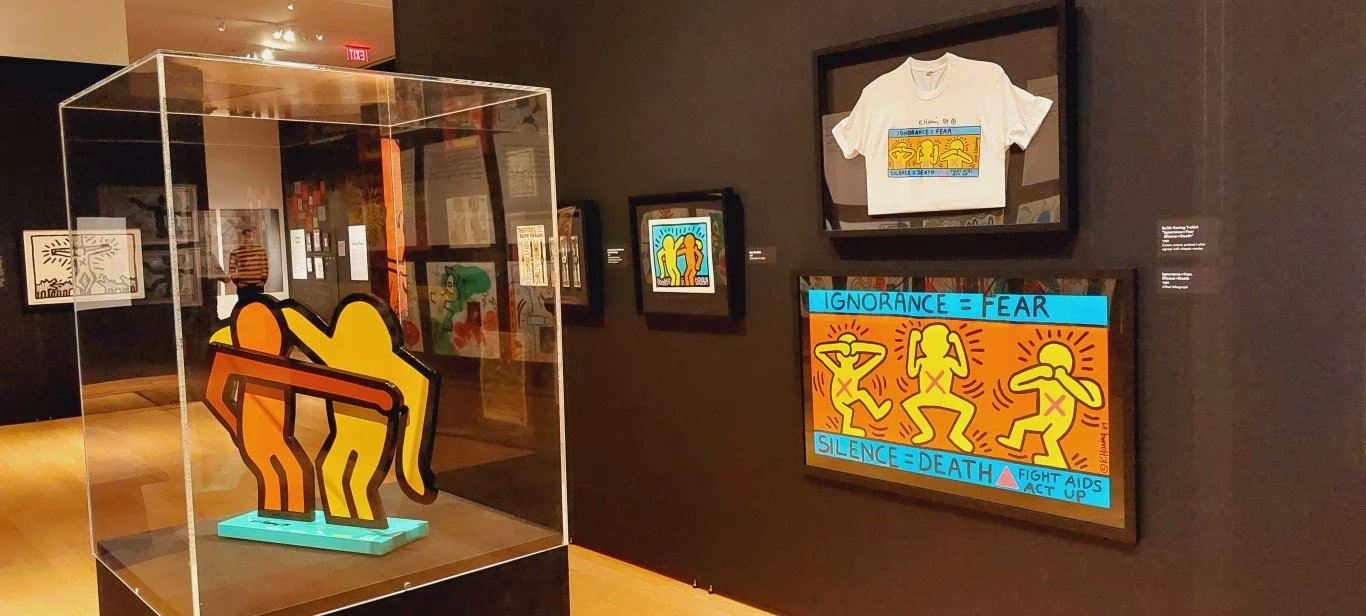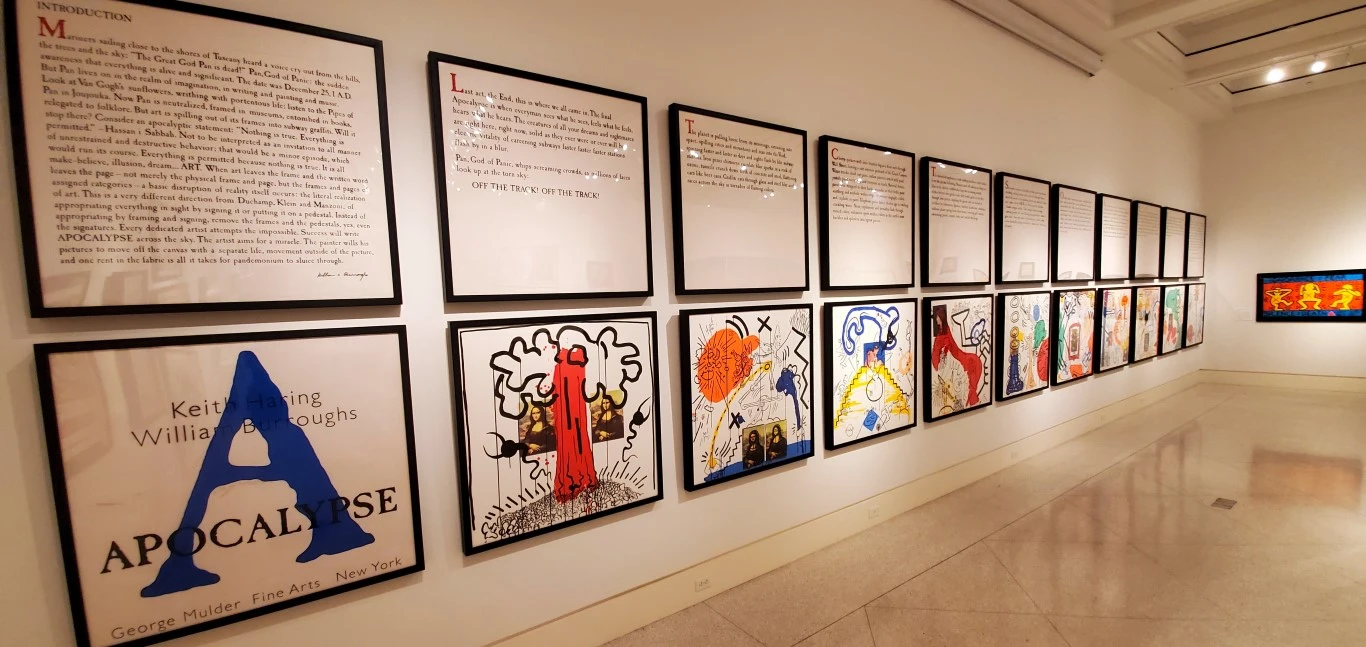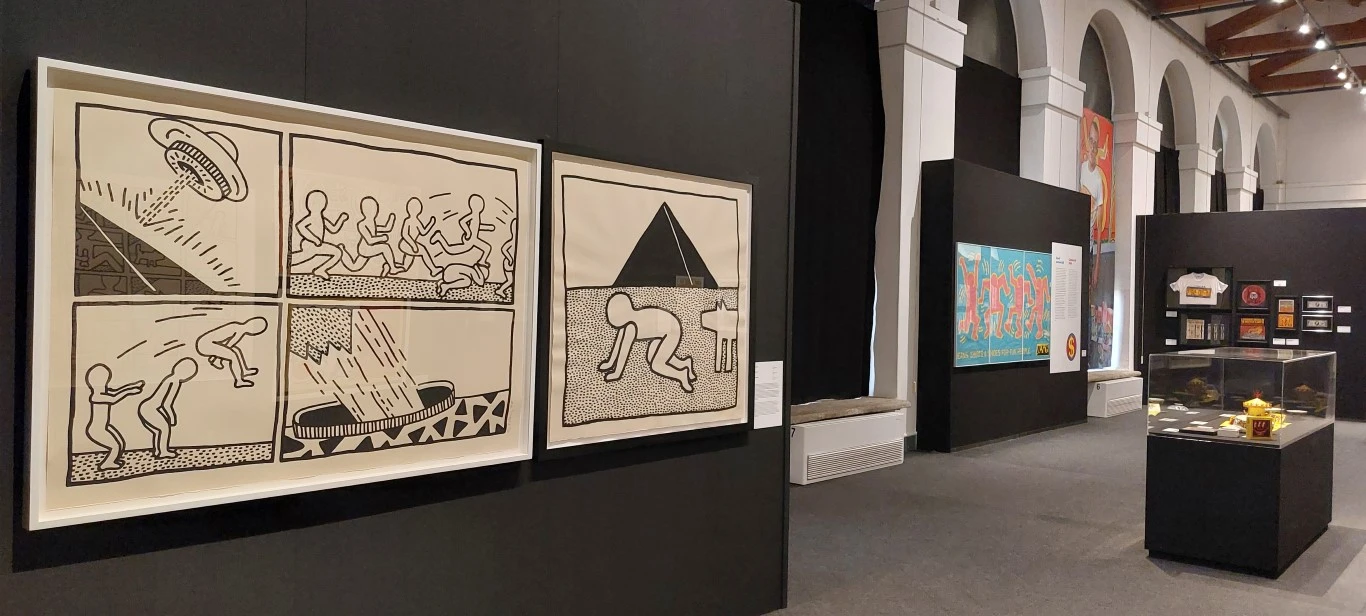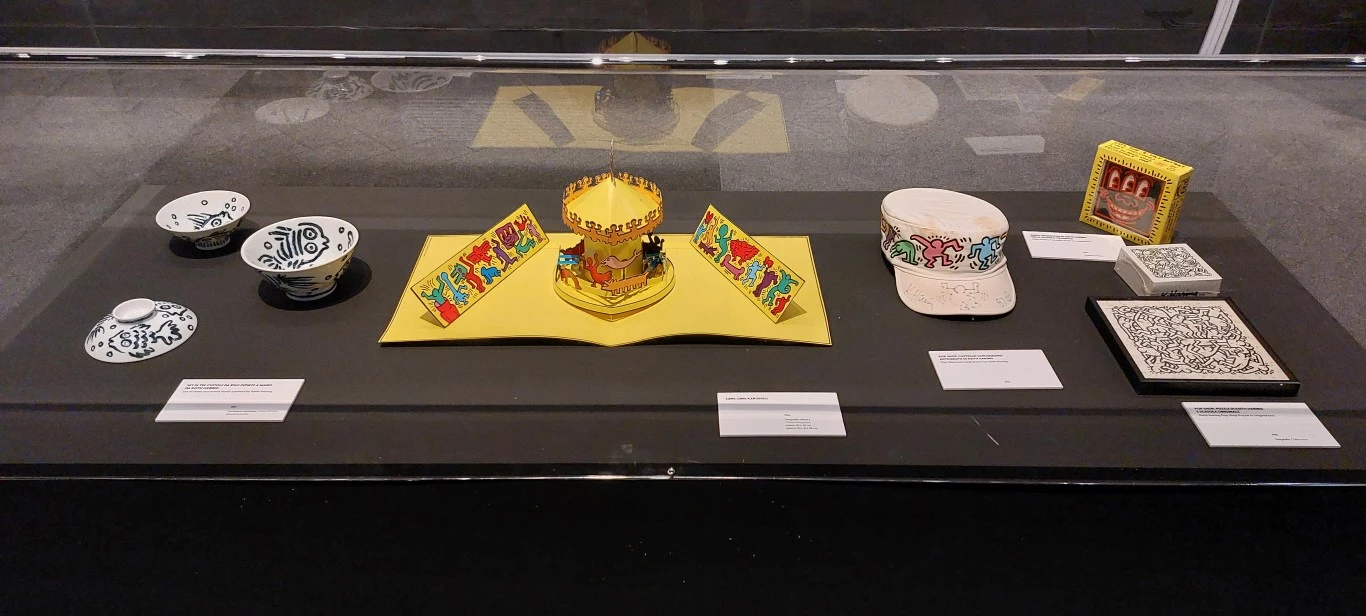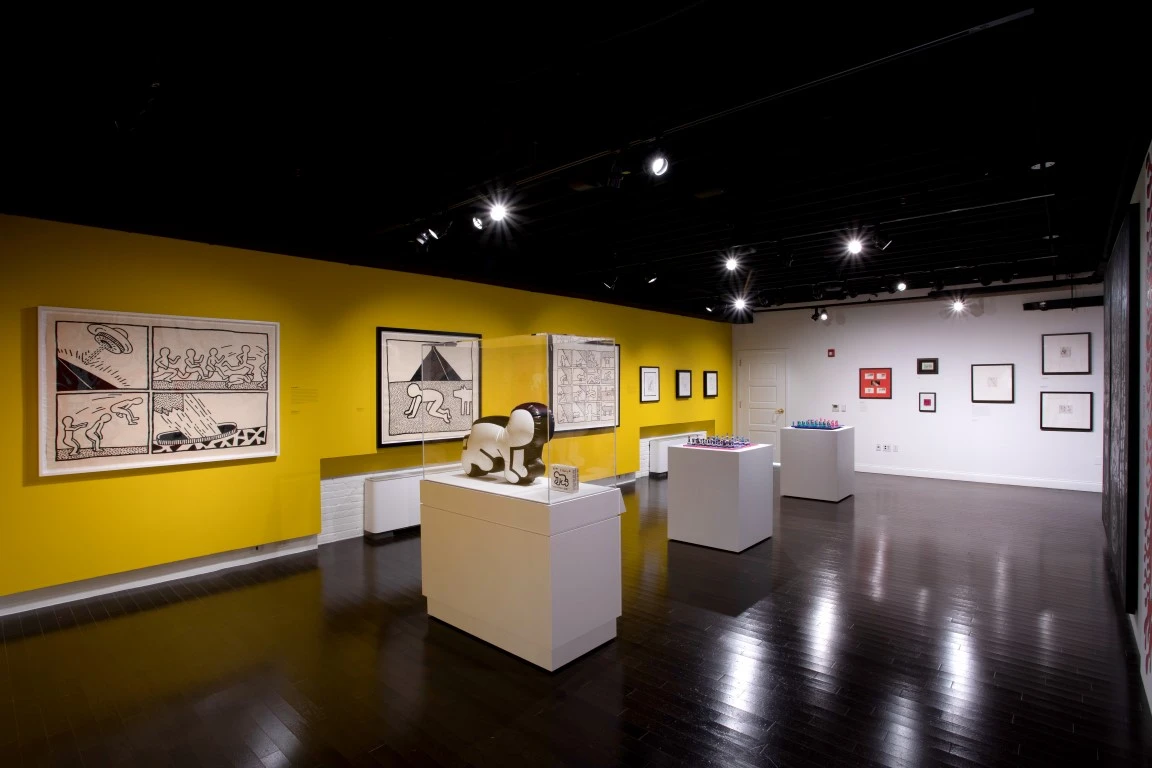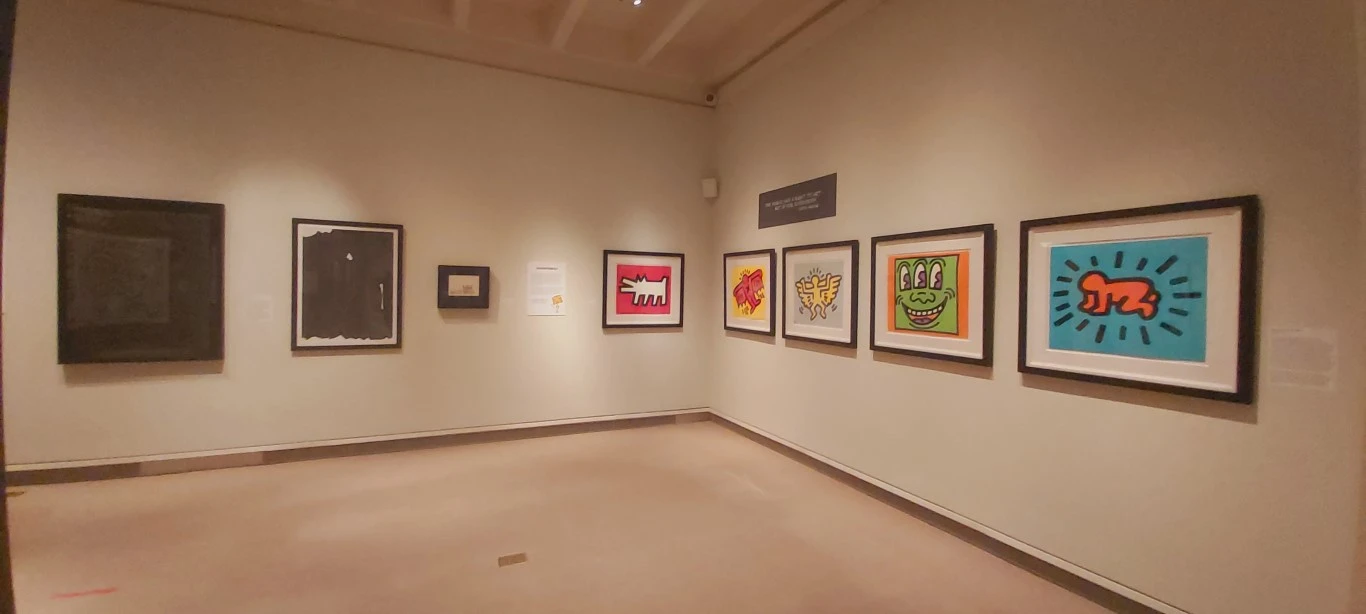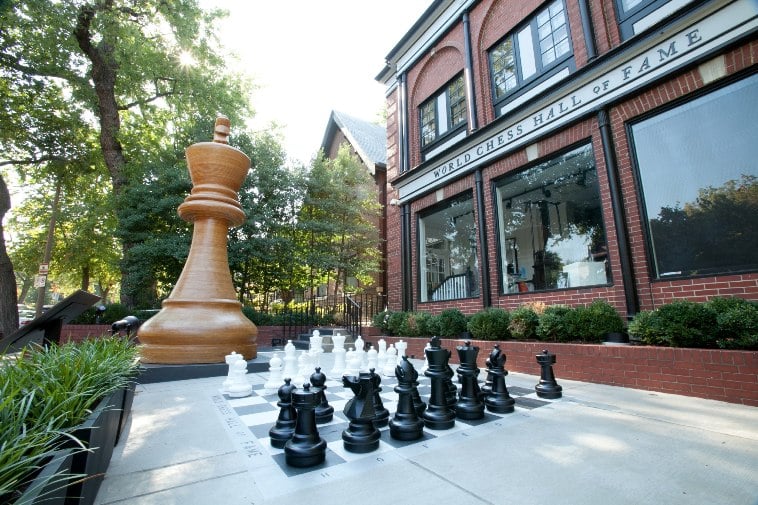Keith Haring & LAII
Keith Haring
(1958-1990)
Keith Haring emerged as the shooting star of the New York art scene in the ‘80s. Becoming world famous almost overnight, his simply drawn figures were soon to be found on watches and cars, T-shirts and shopping bags, turning Haring into one of the best-known artists of his generation.
He was born in Reading, Pennsylvania, on May 4, 1958 and was raised in nearby Kutztown. As a child, Haring developed a love for drawing. He was fascinated by the cartoon art of Walt Disney and Charles Schultz and the illustrations of Dr. Seuss. He graduated from high school in 1976 and for a brief period he studied at the Ivy School of Art in Pittsburgh. He became friends with fellow artists Kenny Scharf and Jean-Michel Basquiat and grew interest in the colorful graffiti art of the city’s streets.
In 1980, Haring received public attention with his public art in subways. He had found a highly effective medium that allowed him to communicate his work with the wider audience and he created white chalk drawings on the unused advertising panels covered with matte black paper in a subway station. He considered the subways to be his “laboratory”. Between 1980 and 1985, he produced hundreds of these “subway drawings”. His signature images included dancing figures, a “radiant baby” (a crawling infant emitting rays of light), a barking dog, a flying saucer, large hearts, and figures with televisions for heads. These graffiti drawings became familiar to New York commuters, who would often stop to engage with the artist. He also attracted the attention of the city authorities which arrested him for vandalism on numerous occasions.
He met with Andy Warhol at a gallery exhibition in 1983. Warhol became Haring’s mentor, friend and the theme of several of his pieces, including “Andy Mouse”.
In 1986, Haring opened a retail store called the Pop Shop in Soho, New York in order to provide people greater access to his art. The shop sold T-shirts, posters, magnets, toys and buttons bearing his images.
Throughout his brief career, Haring was featured in more than a hundred solo and group exhibitions and produced more than 50 public artworks in cities around the world many of which were created for charities, orphanages, hospitals and children’s day care centers. He also designed around 85 posters. These included advertisements for exhibitions of his own work as well as cultural events or political issues. Haring’s drawings themselves incorporate the clear-cut lines and reduced features needed for effective posters, which have to stand out and be understood at a glance. The uni-colored backgrounds help to make the outlined figures and drawings even clearer. The content of the advertisement is apparent in the illustration — the text being of secondary importance. Haring’s colorful posters, with their precise pictorial language, direct messages, and universal appeal, still exert an incomparable fascination on us to this day.
Haring was socially conscious, and his murals often reflected his position on social issues. He sought to raise awareness of AIDS and fought against the proliferation of illegal drugs. In 1988, he was diagnosed with AIDS. The following year, he created the Keith Haring Foundation in order to raise awareness of AIDS and to provide funding to AIDS organizations and children’s programs. He died of complications of AIDS at the age of 31 on February 16, 1990.
LAII (Angel Ortiz)
(1967)
Angel Ortiz, known publicly as LAII or LA2 (meaning “Little Angel”), is an American graffiti artist and visual artist of Puerto Rican descent from the Lower East Side who is known for his collaborations with Keith Haring. Ortiz’s contributions to Haring’s work, including his trademark graffiti infill squiggles, have notably been obscured by the art establishment, which has prompted Ortiz’s supporters, including artist, photographer, and videographer Clayton Patterson, to publicly uplift Ortiz’s work and ask for credit to be given.
The Puerto Rican street artist who lives and works in New York was discovered by Keith Haring at only 12 years of age and collaborated with all of the most influential figures of the 1980s. Amongst these include Haring himself, Jean-Michel Basquiat, Richard Hambleton, and Andy Warhol to name a few with more recent collaborations including the likes of London street artist STIK.
LAII’s career took off in 1980 when Haring, fresh from the Pennsylvania suburbs, came across his ‘Little Angel’ tag on a New York City Street and sought him out to collaborate. A friendship that would last a lifetime, LAII gave Haring access to the city’s vibrant street art scene through The Non Stoppers (TNS) – the largest street art crew of the time on the Lower East Side.
A combination of brotherhood, art, and mutual admiration formed the foundation of their creative partnership, and their first collaboration – a yellow NYC taxi hood tagged by both artists – sold for $1,400 at the time with proceeds evenly shared between them. Throughout the 80s, the two artists combined their signatures to create murals, sculptures, train paintings, and objects with LAII’s style and technique thought to have influenced Haring’s solo practice from then onwards. In 1983 aged just 16, LAII dropped out of high school to travel the world and work with Haring until 1985, collaborating side by side and weaving their creativity to create some of the most iconic works to exist in the art market today.
Source: D’Stassi Art
